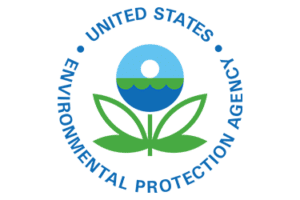EPA Releases Second Round of UCMR 5 Data
 Today (11/9), EPA released the second round of data from the Fifth Unregulated Contaminant Monitoring Rule (UCMR 5). Every five years, EPA is required under the Safe Drinking Water Act (SDWA) to monitor for contaminants that may be present in drinking water but are not subject to National Primary Drinking Water Regulations (NPDWR). All public water systems (PWSs) serving 3,300 or more people and a representative sample of 800 systems serving 25 to 3,299 people must test for these contaminants.
Today (11/9), EPA released the second round of data from the Fifth Unregulated Contaminant Monitoring Rule (UCMR 5). Every five years, EPA is required under the Safe Drinking Water Act (SDWA) to monitor for contaminants that may be present in drinking water but are not subject to National Primary Drinking Water Regulations (NPDWR). All public water systems (PWSs) serving 3,300 or more people and a representative sample of 800 systems serving 25 to 3,299 people must test for these contaminants.
UCMR 5 includes 29 PFAS and lithium, including the six PFAS in the proposed NPDWR. The data released today is the second of 12 data sets that will be released quarterly through 2026. The first two releases represent 15% of the total data that will be collected. EPA will use this data to make determinations about future actions for these substances under SDWA. The data can be found publicly in EPA’s National Contaminant Occurrence Database. Additionally, the agency unveiled a new UCMR 5 “Data Finder” meant to improve data accessibility for users.
EPA’s updated summary of the data noted:
- PFOA and PFOS were measured above the EPA health advisory (HA) levels for 9.5% and 10.7% of PWSs, respectively.
- One PWS (out of 3,073 tested) measured HFPO-DA (“GenX chemicals”) above its HA level.
- PFBS was not found above its HA level at any PWS.
- Of the remaining 25 PFAS, 14 were measured at or above their respective Minimum Reporting Levels (MRL) by at least one PWS.
- No PWSs have reported results at or above their respective MRLs for the final 11 PFAS.
- 25% of PWSs reported lithium results above EPA’s health reference level

